Picture postcards from the first two decades of the 20th century are among the most striking souvenirs from the past that link the Philippines and the United States. Hundreds of thousands of Philippine cards were printed or made directly from photographs. Thousands were sent through the mail, but possibly, even more, were kept as souvenirs and placed in albums. Many of these have survived in collections around the world, but the largest collections are in the United States.
When the Americans came to the Philippines in 1898, they brought with them the fad for picture postcards that was sweeping Europe and the United States. Long before movies, television, and long-distance telephone service, postcards were an inexpensive way to send short messages with pictures.
“Many cards reflected American prejudices and political aims for the Philippines. ”
In the early years, post office regulations reserved one side exclusively for the address and the other for the picture, with marginal space for a written message. This was soon improved upon in 1907 when cards were printed with divided backs, one section for the address and one for a message.
The pictures of the Philippines fascinated Americans then. The same pictures make the cards truly valuable to collectors today. The trite messages were much the same as those found on cards today: “Wish you were here”; “The weather is hot”; “Please write.”
The first Americans to arrive in the Philippines—soldiers, teachers, and bureaucrats—wanted to document their travels for these were an adventure of a lifetime. Their postcards illustrated almost every aspect of Filipino life and culture, from customary views of sunsets on Manila Bay and old Spanish churches to gruesome shots of victims of headhunters, naked Negritos, and slain juramentados (amoks) in Mindanao.
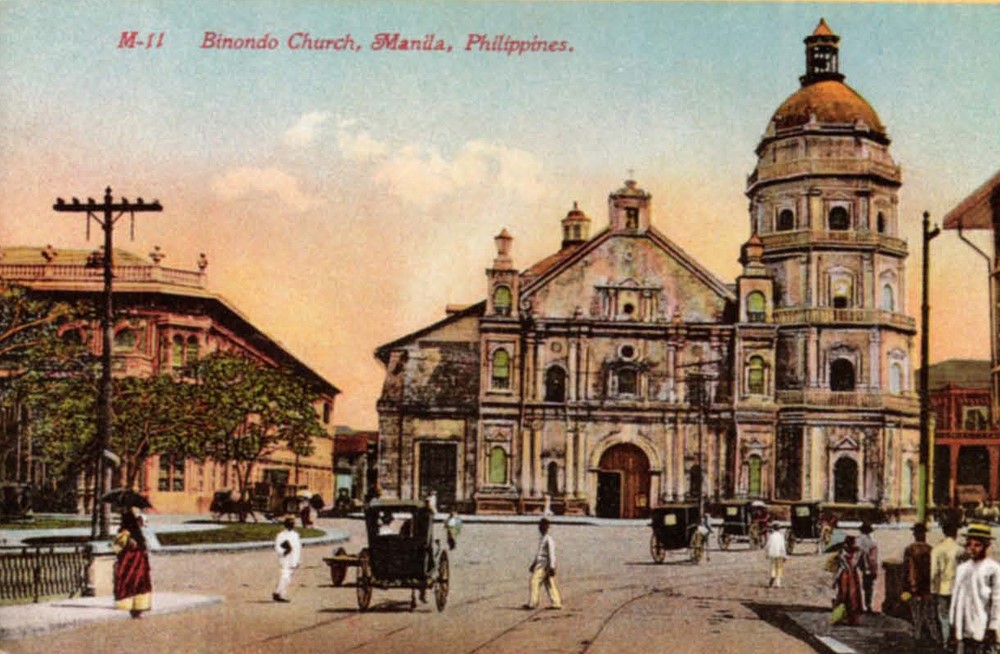
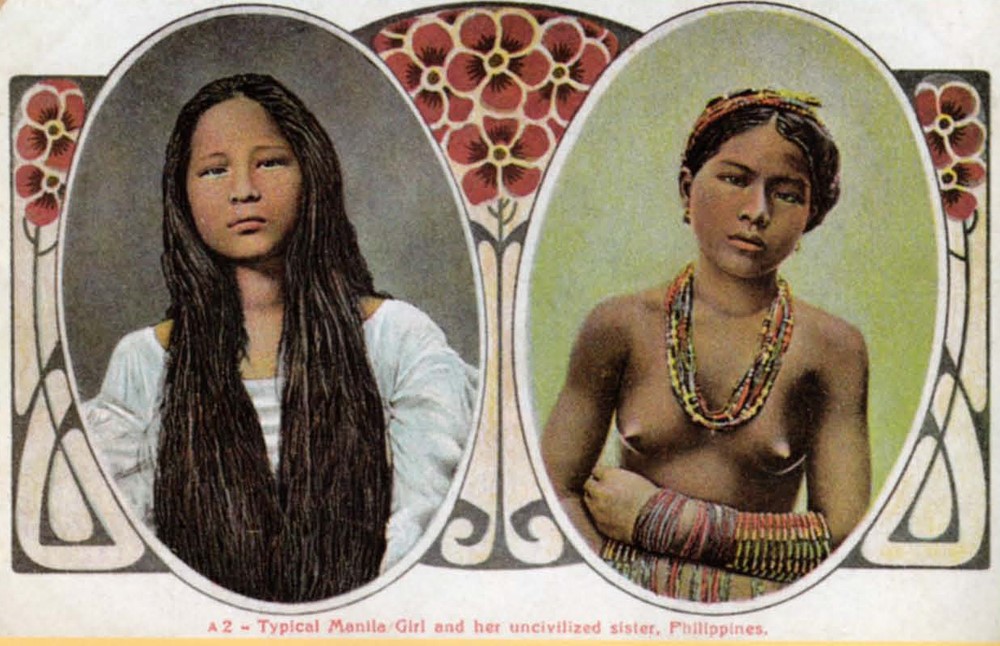
Many cards reflected American prejudices and political aims for the Philippines. Depictions of “uncivilized” Filipinos bolstered the argument that America’s benevolent rule was necessary. Fortunately, these are vastly outnumbered by beautiful ethnographic portraits, from simple market vendors to haughty mestizo matrons in flowing gowns. National minorities and Muslim Filipinos were extensively photographed wearing their traditional garb, jewelry, and weapons.
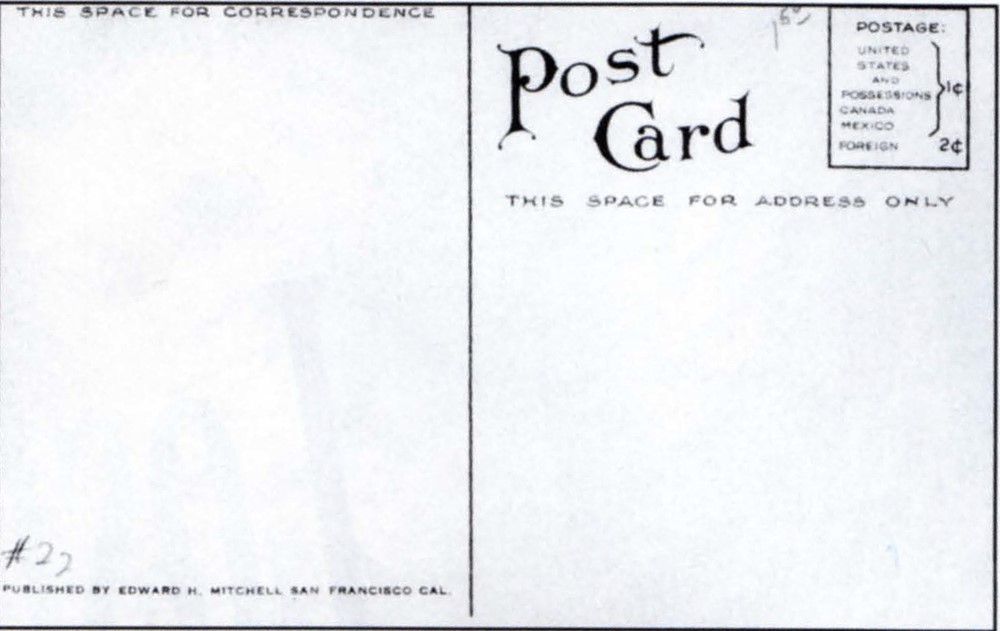
Manila was often referred to as the “Pearl of the Orient” at the time not only because of its mix of Old World European charm in a tropical Asian setting but also for its modern improvements. Wide boulevards had been built; Meralco inaugurated electric streetcar lines in 1905, and sanitation was greatly improved. When the Manila Hotel opened in 1912, it was the most modern in Asia and was used as a showcase for American progress. An entire series of cards was published just on the hotel and its luxurious facilities.
The cards extensively pictured new construction initiated by the Americans: schools; hospitals; government buildings; the sprawling military base at Fort McKinley (now Fort Bonifacio) and the installations at Subic and Olongapo. There were views of verdant parks, charming tree-lined esteros or canals, ancient churches, and elegant residences, many of which have long since been destroyed by war, calamities, and population growth.
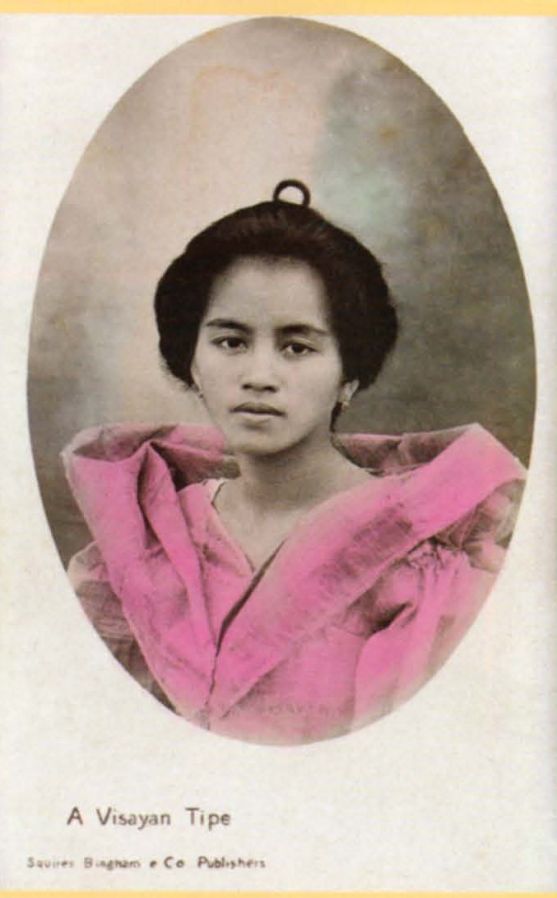
Because of the cards’ popularity, Kodak even sold paper that made it possible for any amateur photographer to send in exposed film and have it printed as postcards. These real photo cards, as they have come to be called, are now considered the most valuable by collectors because they are unique images and often show important people or events.
Until recently, very few Philippine picture postcards could be found in the Philippines. In the early years, from 1900-1920, they were produced primarily for tourists and Americans living or working there. Many of the cards not sent abroad fell victim to tropical humidity or voracious white ants.
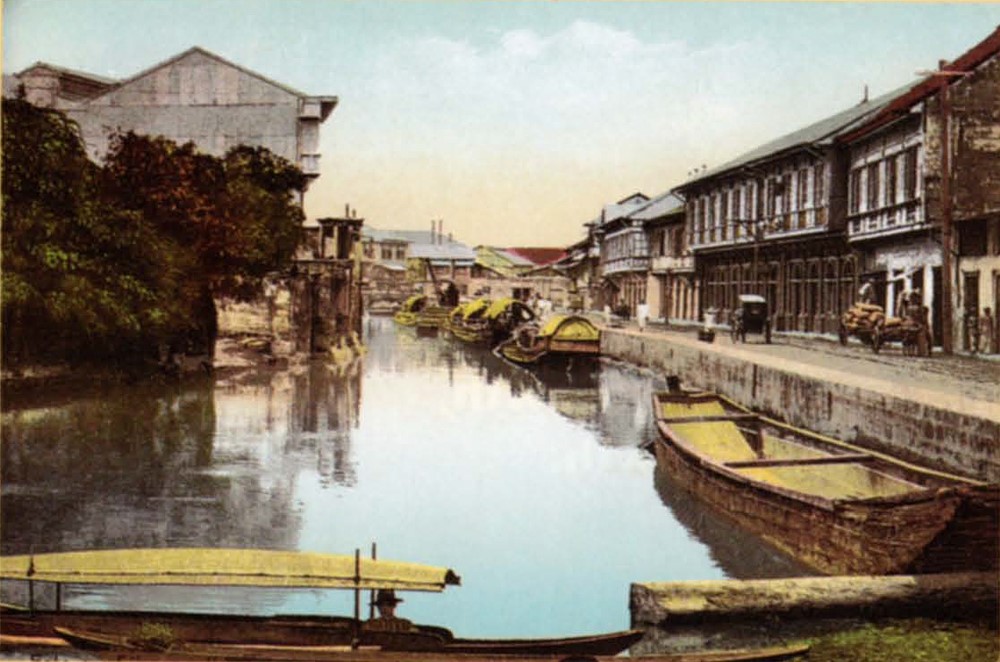
Several private collectors and institutions in Manila have started postcard collections as a result of renewed interest in vintage photography. These will some day prove to be invaluable resources for libraries and museums if properly catalogued and protected. Despite their small size and ephemeral nature, vintage picture postcards contain visual memories that can be found nowhere else.
Occasionally, Philippine cards turn up in antique stores and at auctions in the United States, but the best place to find them is at postcard shows. Common cards in condition range from $3 to $6; real photo cards with interesting subject matter and cards made by famous artists fetch up to $50 or more.
Jonathan Best, a Filipiniana collector, is the author of Philippine Picture Postcards, 1900-1920, published by Bookmark, Philippines. This article originally ran in Filipinas, November 1994.
